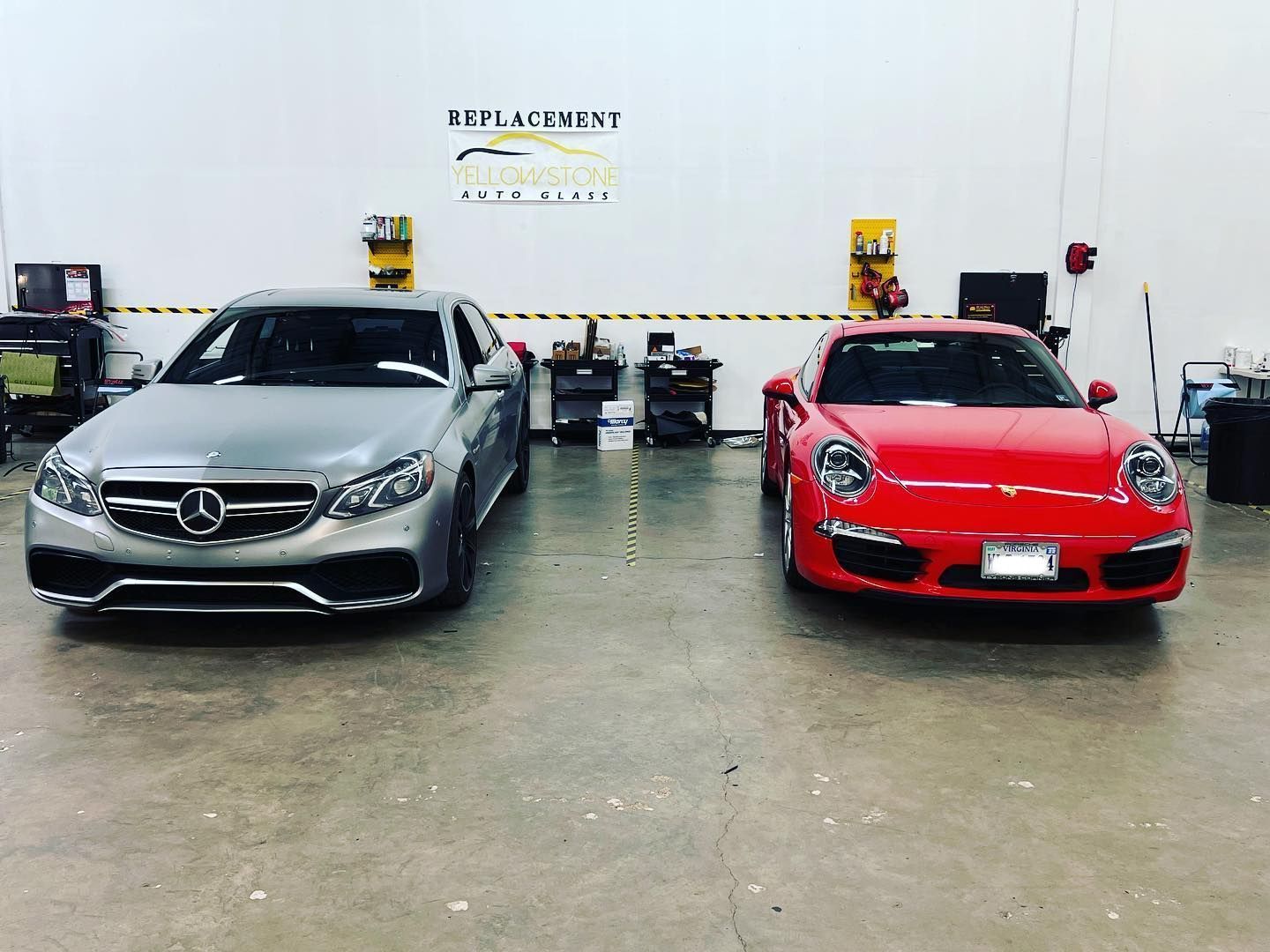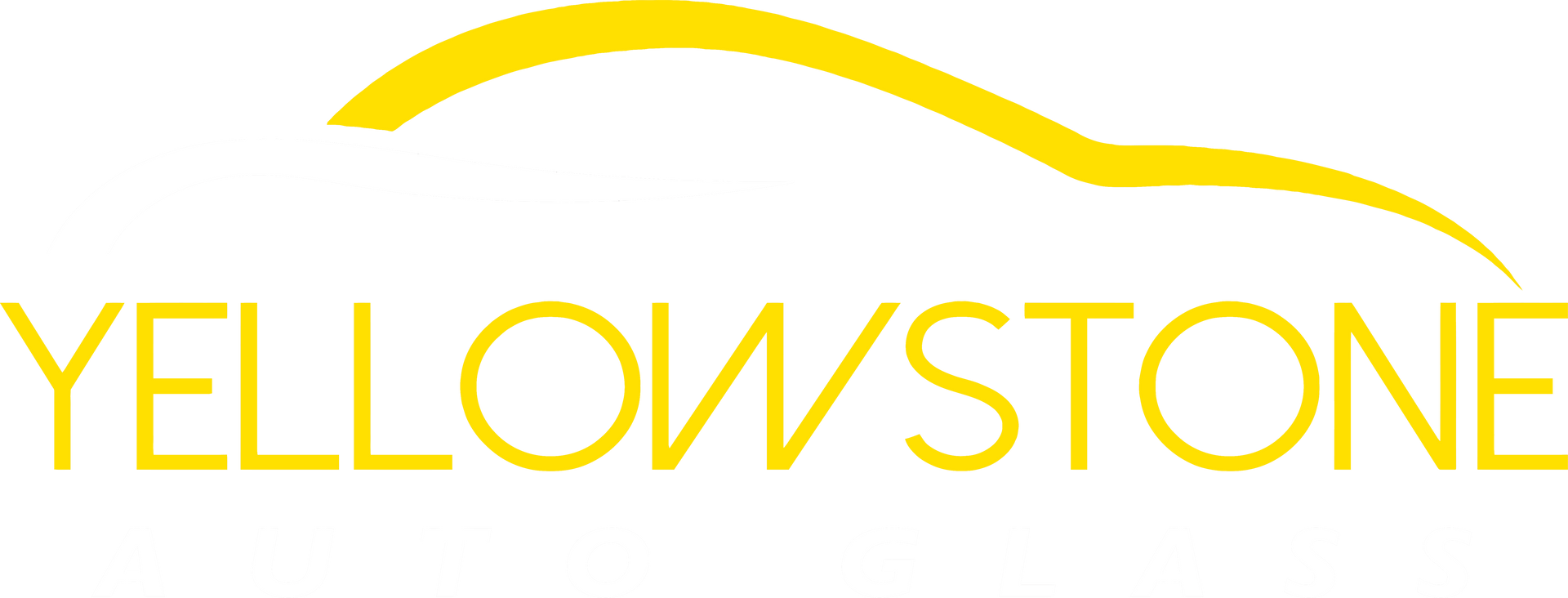Future Trends in Glass Technology: What Is Coming? OLED Displays, Smart Glass, and Heads-Up HUD Integration
OLED, Smart Glass, and HUDs: The Future of Automotive Glass
The world of automotive glass is on the brink of a revolutionary transformation. Advances in technology are not only enhancing safety and aesthetics but also introducing innovative functionalities that will significantly influence future vehicle design, manufacturing, and servicing. From vibrant OLED displays to intelligent smart glass and integrated heads-up displays (HUDs), the evolution of automotive glass promises a more connected, efficient, and secure driving experience.
OLED Displays Embedded in Automotive Glass
Organic Light Emitting Diode (OLED) technology is already well-established in consumer electronics, but its integration into automotive glass is poised to reshape the industry. OLEDs are known for their brightness, vivid colors, and thin form factor, making them perfect candidates for embedded display applications.
What to Expect:
- Transparent, Flexible Displays: OLED panels can be made transparent and flexible, enabling seamless integration into windows or windshields.
- Enhanced In-Vehicle Information: Glare-free, high-resolution displays can show navigation, vehicle status, and multimedia without cluttering the dashboard.
- Customizable Content: OLEDs can display dynamic content that adapts to driving conditions and user preferences, offering a personalized experience.
This trend is expected to lead to fewer physical screens and controls inside vehicles, as information can be projected directly onto the glass surfaces, maintaining a clean aesthetic while providing critical data at a glance.
Smart Glass: Adaptive and Responsive Windows
Innovative glass technology is already in use in specific applications and is evolving rapidly to support more interactive, energy-efficient vehicles. It involves materials that can change properties—such as transparency, color, or heat transmission—in response to electrical signals or environmental conditions.
Future Capabilities:
- Electrochromic Glass: Adjusts tint to block UV rays and control glare, improving comfort and reducing reliance on air conditioning.
- Variable Transparency: Glass that becomes translucent or opaque for privacy, security, or aesthetic purposes.
- Self-Cleaning and Anti-Fog Features: New coatings and materials that respond to weather conditions reduce maintenance needs and enhance visibility.
Smart glass can also significantly improve energy efficiency by controlling heat transfer, thereby reducing cooling and heating loads. Car manufacturers might adopt these windows not only for luxury but also for practical, eco-friendly reasons.
Heads-Up Displays (HUDs) with Enhanced Integration
HUDs are no longer confined to military or high-end vehicles; they are becoming more prevalent in mainstream automobiles. The integration of advanced HUD technology into automotive glass is creating a more immersive and less distracting driving experience.
Upcoming Innovations:
- Augmented Reality (AR) HUDs: Superimpose navigational cues, hazard warnings, and other critical information directly onto the windshield, aligned with the real-world view.
- Full-Surface HUDs: Stretch HUDs across the entire windshield area, offering a panoramic data display.
- Interaction Capabilities: Touch-sensitive or gesture-controlled HUDs will allow drivers to interact with information systems without taking their eyes off the road.
These developments will require sophisticated glass and sensor technologies but will significantly improve driver awareness and safety.
Impacts on Service and Maintenance
As glass technology becomes more integrated and complex, automotive servicing will need to adapt accordingly:
- Specialized Repairs: Smart and OLED glass may require certified technicians trained in electronics and glazing technology.
- Replacement Procedures: Instead of traditional glass removal and installation, servicing might involve precise calibration of embedded displays and intelligent control systems.
- Cost Considerations: The advanced materials and technologies involved could lead to higher repair costs, emphasizing the importance of maintaining vehicle software updates and calibration tools.
What This Means for Automotive Design and Safety
Future glass innovations will push automotive design toward sleeker, more aerodynamic profiles without compromising functionality. The seamless integration of displays and smart glass will elevate aesthetics while adding new layers of safety and convenience.
The convergence of OLED displays, smart glass, and HUD integration will redefine the boundaries of what automotive glass can achieve. As these technologies become more accessible, they will influence every aspect of vehicle manufacturing, design, and servicing. The road ahead promises smarter, safer, and more connected vehicles that blend high-tech innovation with everyday practicality.
Do You Have Auto Glass Damage in Chantilly, VA?
If your vehicle has
auto glass damage in
Springfield,
Chantilly,
Fairfax, or
South Riding, VA,
contact us at Yellowstone Auto Glass. With over 15 years of experience, our technicians are well-versed in the latest auto glass trends and technologies, and our
mobile service delivers unmatched convenience for windshield repair.






